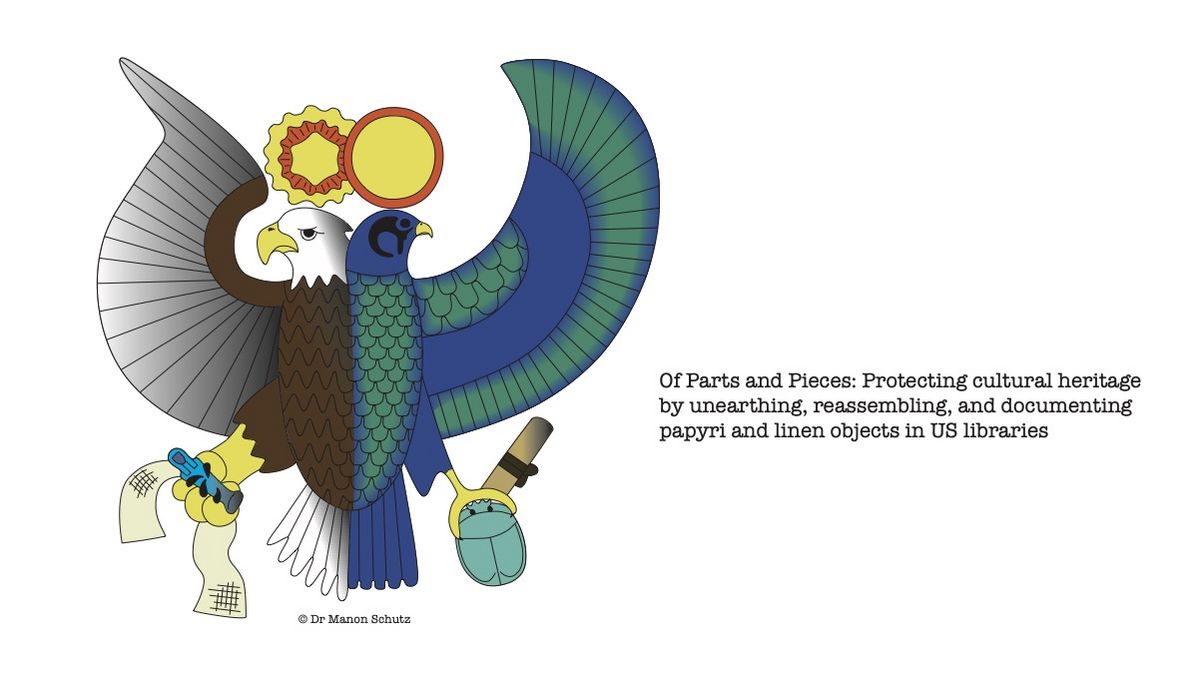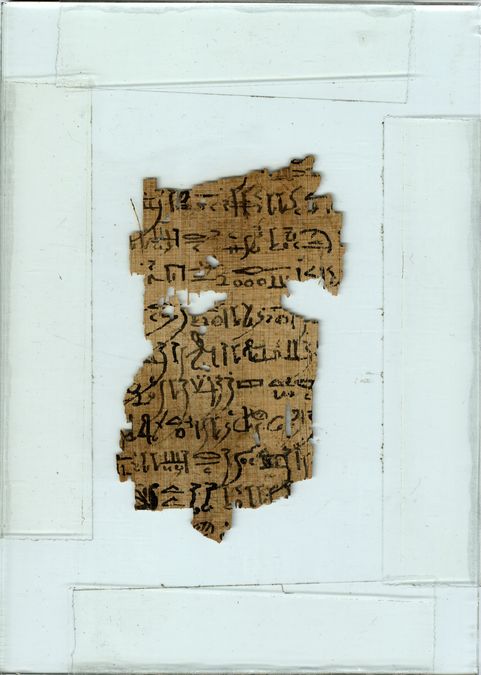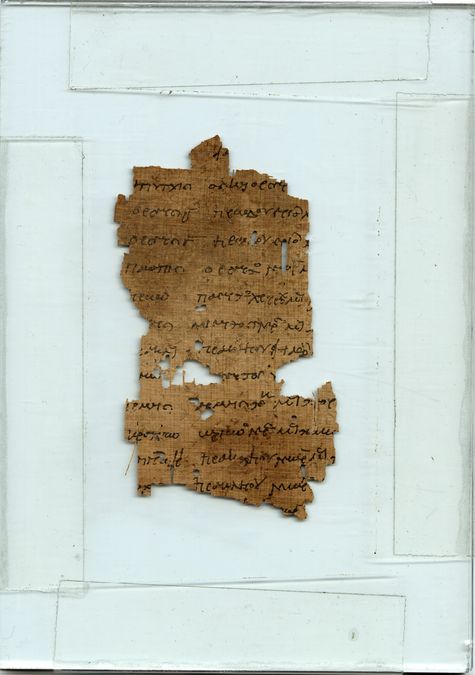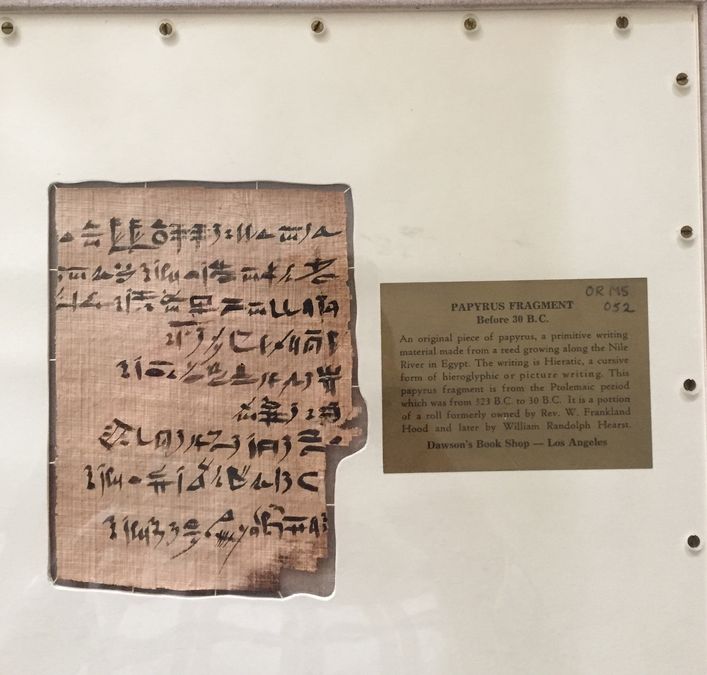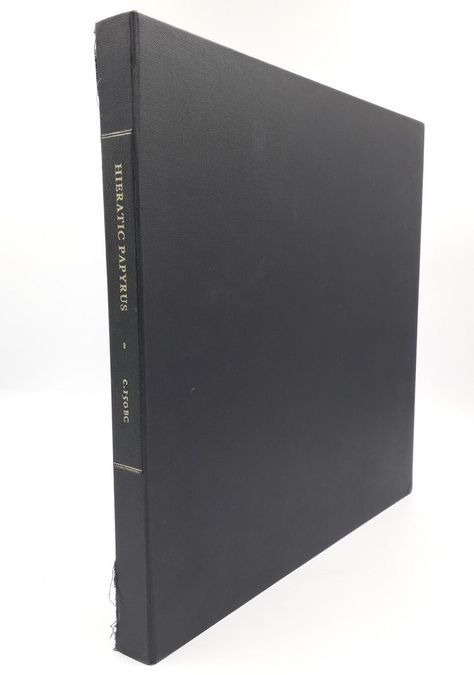Funded by the Gerda-Henkel-Stiftung
Everyone knows about and appreciates the importance of excavations in Egypt designed to unearth what still lies hidden beneath the sand. Only too often, however, we forget about the objects that were removed from the depths of Egypt more than a century ago, those that still lie forgotten in museums and other collections. Some are well-reputed for housing artefacts. But in addition, there are objects in repositories which are not known for possessing any ancient Egyptian antiquities and hence their overlooked treasures have never been further investigated. Library collections in the United States, in particular, are a treasure trove of such forgotten gems.
The project ‘Of Parts and Pieces: unearthing and reassembling papyri and linen objects in US libraries’ was founded in May 2019. Until 2021, it was based at University College in Oxford, United Kingdom, but has since moved to the Egyptological Institute of the University of Leipzig. It is directed by Dr Ann-Katrin Gill in collaboration with Dr Francisco Bosch-Puche from the Griffith Institute, University of Oxford, and involves the study of ancient Egyptian papyri and mummy bandages in such lesser-known collections. Its intention is to provide us with a clear and comprehensive picture of which US libraries possess papyrus and linen objects inscribed with ancient Egyptian texts and which do not, what exactly this material consists of, and whether there are pieces of the same objects in different collections.
The ancient Egyptian artefact which first highlighted the urgency for such a project that aims at finding and documenting papyrus and linen documents in US libraries is the so-called Hood-Hearst Papyrus (written around 300 BCE). Its history is a classic example of the fate unfortunately suffered by many such documents. In the financially unstable times of the 1940s, the manuscript was cut into smaller pieces which were then sold off individually. In a contribution to the news of University College on 28 May 2020, I have already presented my search for the missing pieces of the HOOD-HEARST PAPYRUS. So far, a total of 15 fragments has been recovered, comprising about half of the original document.
However, there are many more manuscripts that have experienced a similar or even worse fate than the Hood-Hearst Papyrus, for instance, the Book of the Dead of a man called Amenemhat—compare the contribution in the MARTLET JOURNAL OF UNIVERSITY COLLEGE, OXFORD for its story.
A further example is a fragment nowadays kept at the Detroit Public Library (see photographs below). This piece is inscribed with a Greek tax list on the recto and a hieratic text on the verso, intended to protect the pharaoh. It comes from Tebtunis and can be dated to the first century AD—I would like to thank (retired) Prof Bärbel Kramer, University of Trier, for discussing the Greek text with me. The fragment can be joined to other pieces that are scattered among several collections around the world. Some information on the fragments in Berlin (P. 14429b+d), Copenhagen (P. Carlsberg 646), and Florence (PSI inv. I 114), with a small photograph of a section of one of these is provided by S. Töpfer, ‘The Body of the King and of the Goddess: Materiality in and through Manuals for Pharaoh from Tebtunis’, in F. Hoogendijk/S. van Gompel (eds.), The Materiality of Texts from Ancient Egypt. New Approaches to the Study of Textual Material from the Early Pharaonic to the Late Antique Period, Leiden/Boston 2018, pp. 35–42, manuscript [3].
I am deeply grateful to the team of the Detroit Public Library, in particular Dawn Eurich (archivist for Special Collections) and Carla Reczek (digital librarian specialist), for their continuous help, even under the most difficult circumstances. I am also thankful to Prof Kim Ryholt, Director of the Papyrus Carlsberg Collection and to PD Dr Jan Moje of the Ägyptisches Museum und Papyrussammlung Berlin for study photographs of the pieces currently housed in these repositories, allowing me to confirm my assumption that the fragment in Detroit belongs to the same manuscript.
Finding the pieces of these papyri are only a few success stories—hopefully of many others yet to come—of the project, showing what research can achieve through international communication and collaboration, and especially the incredible kindness and help of all the people and institutions involved in our search. But let us not forget that many papyri and linen objects are still somewhere out there, lying in institutes, libraries, repositories, only waiting to be rediscovered. As already mentioned, our aim is to track down as many objects as possible, join the pieces with their matching counterparts, reveal their history, and make them available in publications and a database. In short: The project wants to give the papyri and linen objects the attention and care they deserve. Therefore, if anyone has any information about inscribed papyrus and linen pieces, no matter how small, we would be very grateful if you could get in touch with us. Just like the body parts of Osiris were collected and reassembled by a group of collaborators, we, as a community, can piece together the fragments of manuscripts, thought to be lost forever.
PUBLICATIONS RELATED TO THE PROJECT
- Gill, A.-K.: ‘The Funerary Papyrus of Paanufa in the Huntington Library, California (HM 46671)’, Revue d’Égyptologie, in print.
- Gill, A.-K.: ‘The Book of Glorifying the Akh preserved on the mummy bandages of Herankh in the Milwaukee Public Museum’, in preparation.
- Gill, A.-K.: ‘The Hood-Hearst Papyrus’ as part of the habilitation project ‘The Khoiak Festival: A Glimpse into Ancient Egyptian Festival Practice’.
